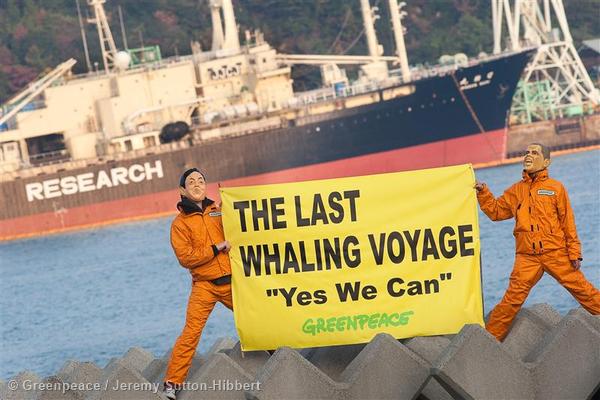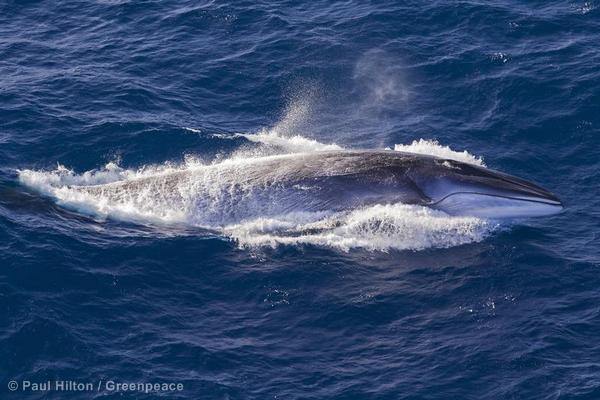This morning the judges of the International Court of Justice handed down a long-anticipated decision on whether Japans government-subsidised whaling program in the Southern Ocean should be allowed to continue.
While todays ruling did not outlaw the killing of whales for scientific research per se, it categorically confirmed that Japans whaling program does not have scientific purposes, and the number of whales being killed was not justifiable in the name of science. The court went on to say that Japan must stop issuing permits for this whaling.
The ruling is binding under international law. Both Japan (the defendant) and Australia (who brought the case before the court) have already agreed to abide by the outcome of the decision.
The news confirms what weve been saying all along: Japans whaling program is not necessary and is harmful to the health of our oceans. Its high time this industry was consigned to the history books.
Now that the ruling has made headlines over the world, were calling on the Japanese Government to immediately abide by this decision, to scrap the Nisshin Maru factory ship, and to cease all future attempts to continue commercial whaling in the future.

Greenpeace activists wear masks of former Japanese Prime Minister Yukio Hatoyama and US President Barack Obama while protesting in front of the Nisshin Maru factory ship of the Japanese whaling fleet.
The case
If youve been keeping up with Greenpeace, you know that it has long been our view that Japans so-called ‘scientific’ whaling program has been nothing more than a thinly veiled commercial venture.
The facts back it up. Whale meat is sold on the open market in Japan. And we already know Japan has been paying off less developed countries in order to secure votes at the International Whaling Commission (IWC) for its whaling program, a practice known as ‘vote consolidation.’
Hundreds of whales have been harpooned at sea some 6000 km from Japan, hauled on board the Nisshin Maru, and ferried back to port.
The Japanese Government claims that whaling is a long standing part of Japanese culture, and that the international community should not interfere in.
But the Australian Government, who first launched the case against Japan in 2010, were quick to challenge this assertion. They pointed out that Japan’s Southern Ocean whaling only began in the 1930s and that it takes place some 6000km from the Japanese coastline.
The fact is, the whale meat industry is dying in Japan. Statistics commissioned by Greenpeace Japan found that up to 80 % of Japanese respondents disagreed with whaling on the high seas. And 85 % said they did not know endangered species were being hunted by Japanese ships in the Antarctic Ocean.
Whats more, thousands of tons of whale meat sits in frozen storage in Japan because demand is so low. Despite falling catches, the stockpile of whale meat continues to grow.

A Minke whale breaks the surface in the Indian Ocean. Minke whales are the species most harshly exploited by Japanese whalers.
How did this happen?
The history of commercial whaling is a history of disasters. One species after another has been pushed toward the brink by an industry operating in a circle of greed.
The International Whaling Commission strictly forbade the catching and killing of whales at sea for commercial purposes. A small handful of countries continues to hunt whales, using perceived loopholes in the ban. They get a whole lot of criticism along the way.
Japan has continued its whaling program under the guise of a scientific research program, with a stated expectation to continue commercial whaling in the future.
So where to from here?
This is a big step in our efforts to stop senseless commercial whaling. But we wont stop until this dying industry is ended for good.
We need an end to commercial whaling so we can turn the focus onto some of the big conservation challenges facing the worlds remaining whale populations, like climate change and destructive fishing.


